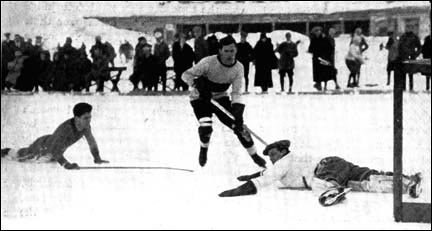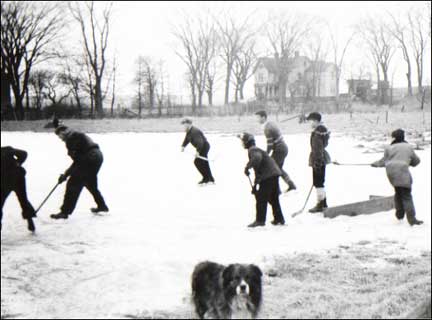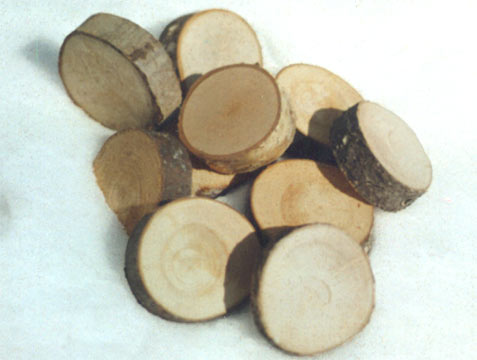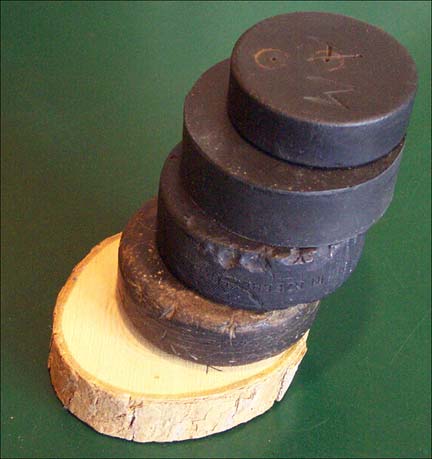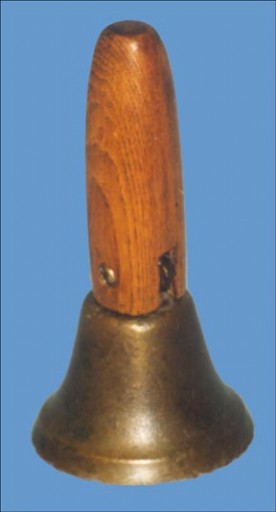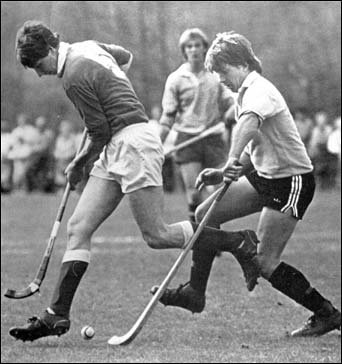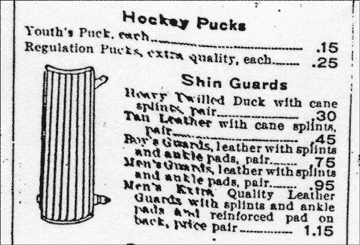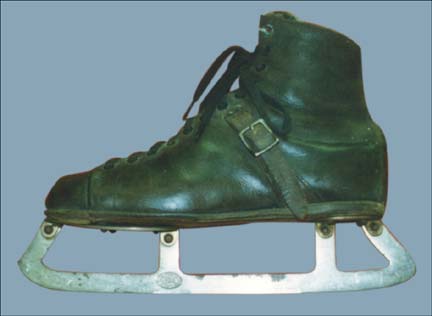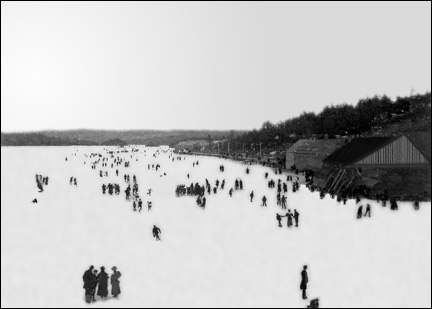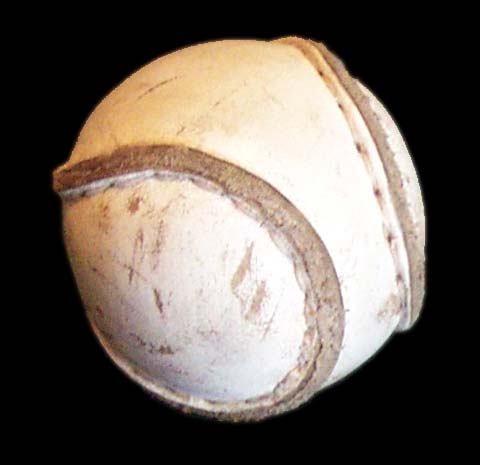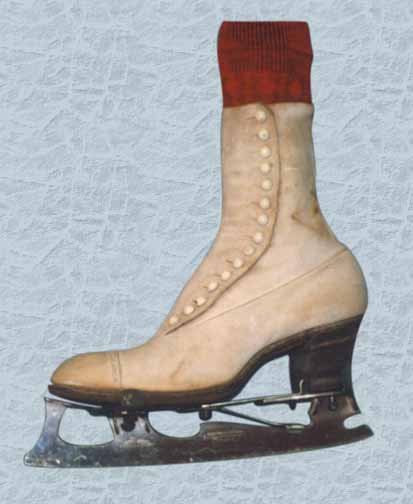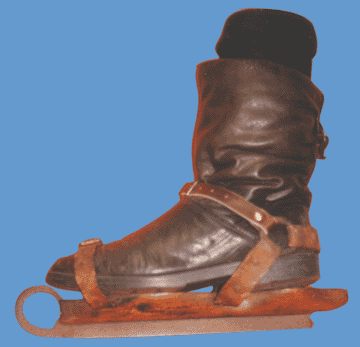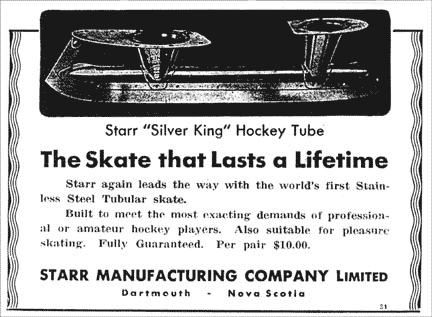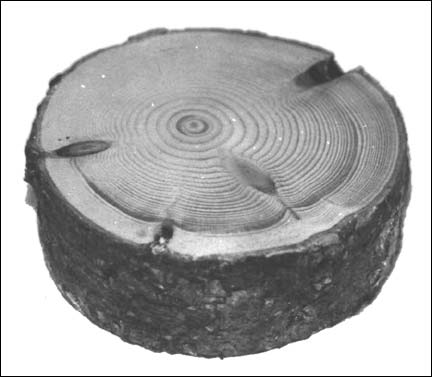| Open Air or Outdoor Rink – Natural ice. |
|
| Point Cover – The original terms for the positions of defence as Ice Hockey evolved. |
|
| Pond Hockey – All early Ice Hockey games were played on frozen field ponds prior to the building of covered rinks in the late 1800s and early 1900s. Once very common, it is now quite rare to see such activity because of artificial ice arenas and organized sport. |
|
| Puck – In Ireland to puck means to strike. A ‘puck bird’ is a robin-size bird also called a ‘goat sucker’ that dives down on goats and strikes them on the back with its beak. | |
| Puck – a term used in the game of Hurley, refers to hitting or striking the ball with the stick. Following a foul, the opposing team is allowed a “puck-in” from the side-line. The goal tender is allowed a free “puck-out” with his hand to a team mate following the scoring of a goal. A long shot is a “long puck” as opposed to a “short puck” or a “side puck” and so on. Players new to the game who practice handling the ball with a hurley stick are said to be “pucking around”. |
|
| Puck (Wooden) – The Hurley Ball was used as Ice Hurley began in Nova Scotia but, because a ball is largely unmanageable on ice, it was soon replaced with a flat wooden puck as the game evolved into Ice Hockey. |
|
| Puck – Hard ‘vulcanized’ rubber was available since its invention in 1839 by Charles Goodyear, but was not considered for use as a puck material until the late 1880s. The first one generally known to be used was in Kingston, Ontario as teams from the Royal Military College and Queen’s University took up the game in 1886. Regulation rubber pucks measure three inches in diameter and one inch in thickness. Several photos exist showing rubber “Rolled Edge” Pucks. |
|
| Puck Hog – Name given to a good stick-handler in the early days of the game of Ice Hockey. |
|
| Referee’s Hand Bell – Long before whistles were invented, referees followed the method of the goal judges for attracting attention by ringing a handbell |
|
| Ricket – One of the various names used to describe Ice Hockey in its early years of development. |
|
| Rink – Origin of word: Middle English: Rinc – area in which a contest takes place Middle French: renc – place, row Date: 1787 Modern Meaning: a: a smooth extent of ice marked off for curling or ice hockey b: a surface of ice for ice-skating; also : a building containing such a rink | |
| Rink Rats – Boys who scraped and shovelled snow from ice in natural ice rinks after skating and games, in exchange for skating time. They usually became the best Ice Hockey players. | |
| Rover – The seventh, high caliber hockeyist of a team, allowed to play as he pleased, in any position. Another Nova Scotian innovation, it was given up in 1913 in Nova Scotia, and in 1923 on the west coast as “team play” evolved increasing chances of winning without a rover. Team then became six players as today. |
|
| Shinny – Slang name for the Scottish field game of Shinty as applied to an ice version played in some parts of Canada. |
|
| Shinty – A Scottish national field game, similar to field hockey, hurley, hoquet, etc. |
|
| Shin Pads – First protective appliance used in Ice Hockey. Hand-stitched leather-covered strips of bamboo, attached outside of knee-high stockings with leather straps, to protect shin bones |
|
| Singles – Name given by Nova Scotians to flat skate blades as opposed to tube type skates. |
|
| Skaters Lantern – Carried by outdoor skaters in the evening and at night to light the way on outdoor ponds. | 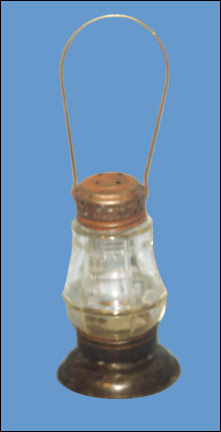 |
| Skatist – Early Nova Scotian name for a skater. |
|
| Sliotar – a Hurley Ball |
|
| Spring Skates Self-fastening metal skates attached to soles and heels of boots by means of a simple lever. Easily applied at pond-side, they revolutionized pleasure skating and Ice Hockey in Nova Scotia where they were invented in 1831. |
|
| Stick – Natural Curve, Laminated, “MicMac”, | |
| Stickhandling – The art of controlling the sliding Ice Hockey Puck with a hockey stick. |
|
| Stock Skates – Another name for Block Skates. Wood is often referred to as ‘stock’. |
|
| Trophy – A decorative metal bowl used to signify individual or team supremacy in a sport | 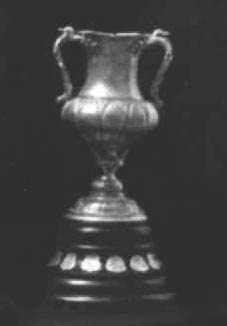 |
| Tube Skates – A new, lighter weight skate, developed by Starr Manufacturing Company in Dartmouth, Nova Scotia in 1900. Gradually replaced all other types of skates for use in Ice Hockey. Starr tube skates were popular with the Boston Bruins into the 1930s. |
|
| Wicket – Name of a goal and also the position for scoring in the field game of Cricket. Also used as one of several names to describe Ice Hockey in the formative years of the game in Nova Scotia. |
|
| Wooden Puck – A Nova Scotia invention in the early 1800s as Ice Hockey evolved. Also used in the first games played in Montreal in 1875. Replaced with vulcanized rubber puck as Ice Hockey began in Kingston, Ontario in 1886. (see also – Puck (wooden)) |
|
